interview
Yuki Kouge
The owner of the kimono remake brand ‘CERITA TUR’, also serves as a lecturer at Osaka Mode Gakuen.
After working as a textile designer in an apparel company, Ms. Kouge’s involvement in the fashion industry and interest in kimonos led her to operate the kimono remake brand ‘CERITA TUR’. She has been a lecturer for fashion-related seminars and at Osaka Mode Gakuen.
In this article, we delve into Ms. Kouge’s commitment to the contents and activities of her brand.
ブランドの活動内容

CERITA TURってどんなブランド?
——— Could you tell us about the activities and business content of CERITA TUR?
Yuki Kouge (hereafter referred to as Kouge): We offer comfortable silk wear and accessories. Our aim is to create items with designs that anyone, regardless of age or gender, would want to wear.
Also, because they are basically remakes of kimonos, each item is unique.
——— When did you start the brand?
Kouge: I’ve been involved with kimonos themselves since around 2019, but I started the brand in earnest from 2022.
——— Do you handle all the steps from fabric selection to completion by yourself?
Kouge: Yes, that’s right. There are times when I ask someone else to sew items such as riders jackets, sukajan, and aloha shirts, but I do all the work on travel wear items like skirts and wide pants myself from start to finish.
——— I’ve heard that it’s more difficult to cut and sew kimono fabric than ordinary fabric, how was it in reality?
Kouge: Since I worked in textiles, I didn’t particularly have trouble handling it.
ブランドを始めた経緯
——— How was the brand name CERITA TUR born?
Although you can’t read CERITA TUR in English, it’s actually in Indonesian.
When I was registering a trademark to set up a kimono remake booth at a friend’s market, I had a part-time job with a student from Indonesia. Because Japanese and English often overlap, I consulted with him and asked if there were any good words in Indonesian. That’s how the brand name was decided.
“CERITA” means story, and “TUR” means to go around or travel, so I named the brand with the meaning that the story of the kimono will keep going around.
Also, when Japanese people go abroad, I wanted foreigners to think Japanese kimonos are wonderful. Plus, there were many people who wanted to travel once the pandemic ended, so I started with travel wear that could be used on those trips.
If you use a kimono for travel wear, since the original material is silk, it becomes smaller and lighter than materials like polyester.
活動のうえで大切にしていること
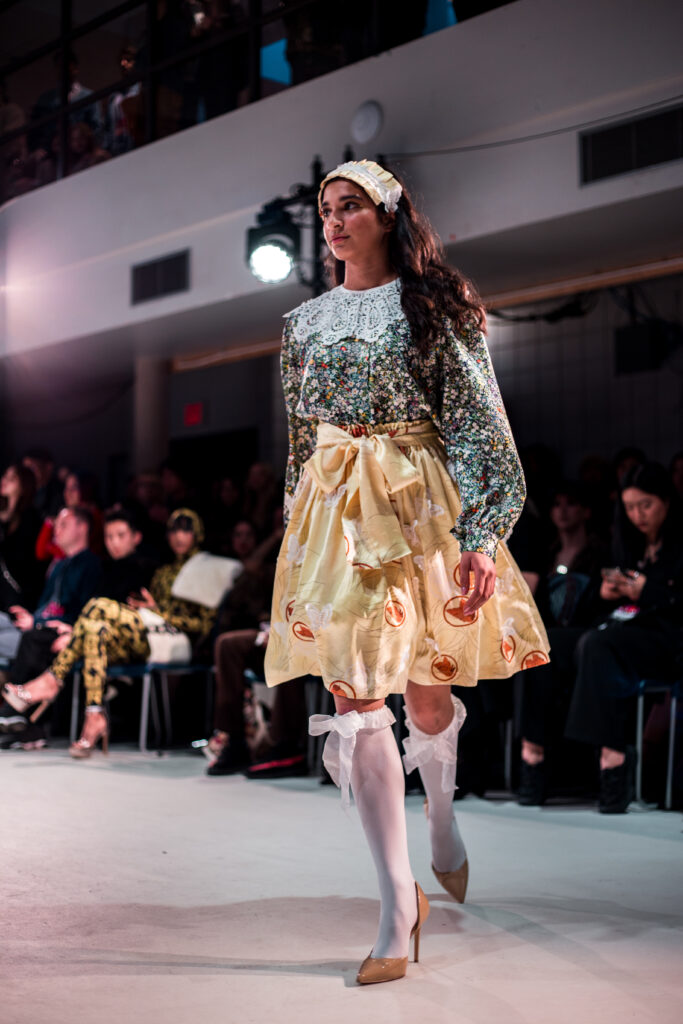
——— Do you have any particular commitments or things you value regarding your brand and activities?
Kouge: I purposely avoid buying kimonos that seem easy to coordinate, and instead opt for those that don’t.
——— Is there a reason for this?
Kouge: I think kimonos should be worn as kimonos.
So, for people who love antiques, or those who want to wear kimonos as they are, I leave the easily coordinated kimonos for them.
Also, when I unravel a kimono to remake it, I want to use every last bit of it, so I cut pieces of the kimono and attach them to things like T-shirt pockets.
——— You mentioned earlier that you make travel clothes. Are there any points you pay attention to because they are travel clothes?
Kouge: For travel wear, which mainly includes wide pants, I always ensure they have pockets and are made of wrinkle-resistant fabric.
If it’s made of fabric like crepe or shantung, wrinkles don’t stand out, so I choose fabric with practicality in mind.
——— What do you think is necessary for the remake industry and market in Japan to expand and become established?
Kouge: I think it’s definitely overseas.
Since each piece becomes a custom or semi-custom order, the price tends to be high, which I think is a bit expensive for young people in Japan.
As only those who truly love it can buy it, I think there won’t be any more expansion unless we present it to places overseas that can appreciate its value.
活動を通して社会にもたらしたい価値
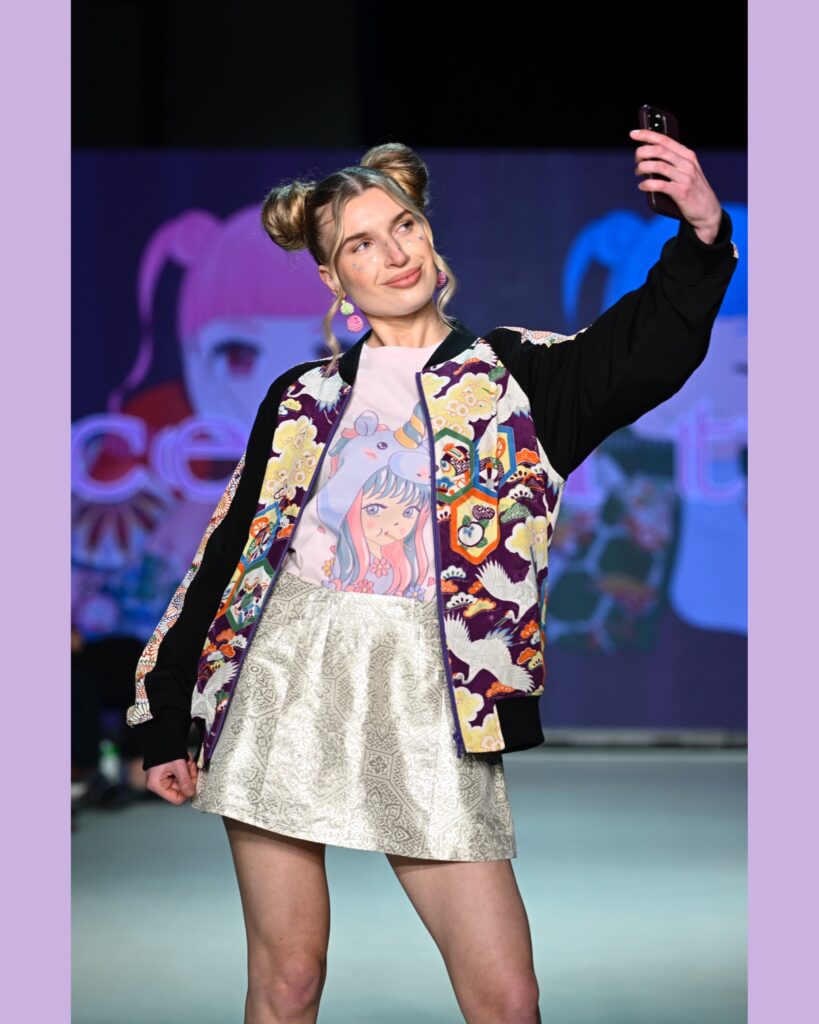
——— Through your brand, is there something you hope to bring about or achieve?
Kouge: I hope that younger people will also engage with kimonos.
When going overseas, it can serve as a way to express that we are Japanese, and I hope that those who love Japan abroad will also come to love kimonos.
Additionally, Kimono Casual is a sustainable concept that embodies the spirit of not wasting anything, so I believe it can have a positive impact in various ways.
今後の展望
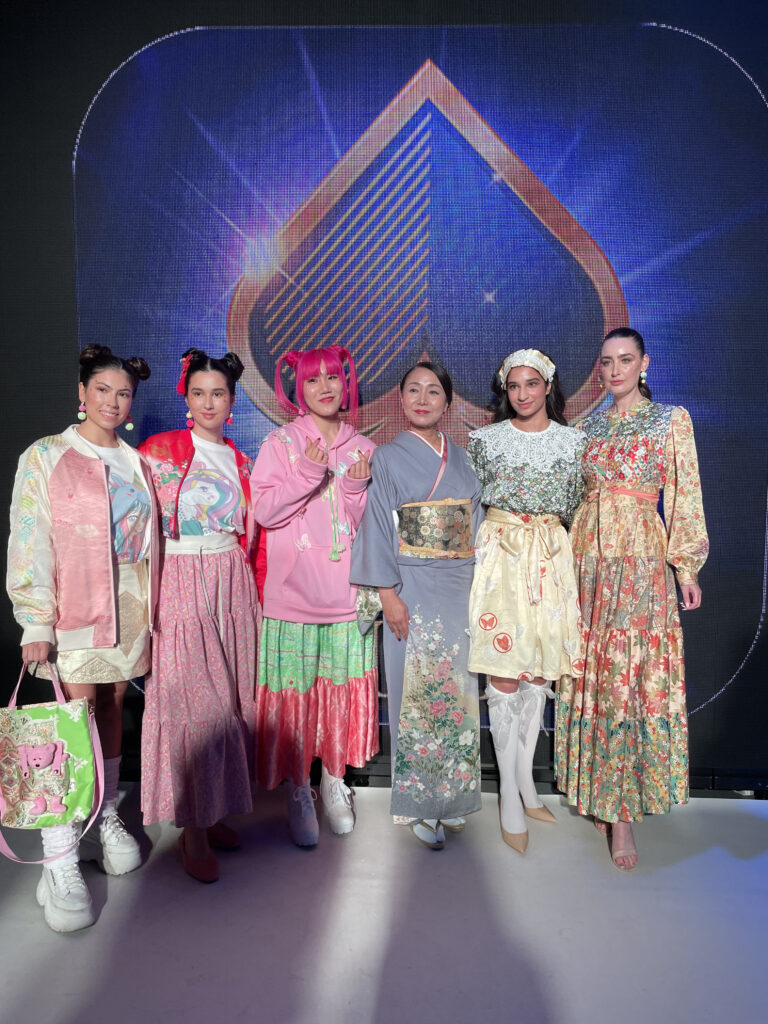
——— Do you have any future goals or plans through your activities?
Kouge: I plan to host a fashion show in Canada, but I don’t want to just stop there. I’m thinking of renting exhibition and sales spaces for my brand’s items, and I have plans to ask a friend living in Australia to sell products within Australia.
Since there are many people of a generation that find it difficult to make purchases through social media, I want to actively approach them by not only disseminating information on social media but also regularly holding events like markets.
——— You’ve mentioned several times that you want to spread your work overseas. Are there any challenges or current difficulties in doing so?
Kouge: First, there are money-related issues such as tariffs when sending clothes from Japan to overseas.
Also, when hosting a fashion show overseas, I need to write item descriptions in English, and there are various preparations to be made, so it would be nice to have support not only locally but also domestically.
Furthermore, it would be interesting to have opportunities to host fashion shows not only in Canada but also in Asian regions close to Japan, and to connect with stylists, as there are times when even celebrities occasionally wear unique pieces of Kimono Casual.
まとめ
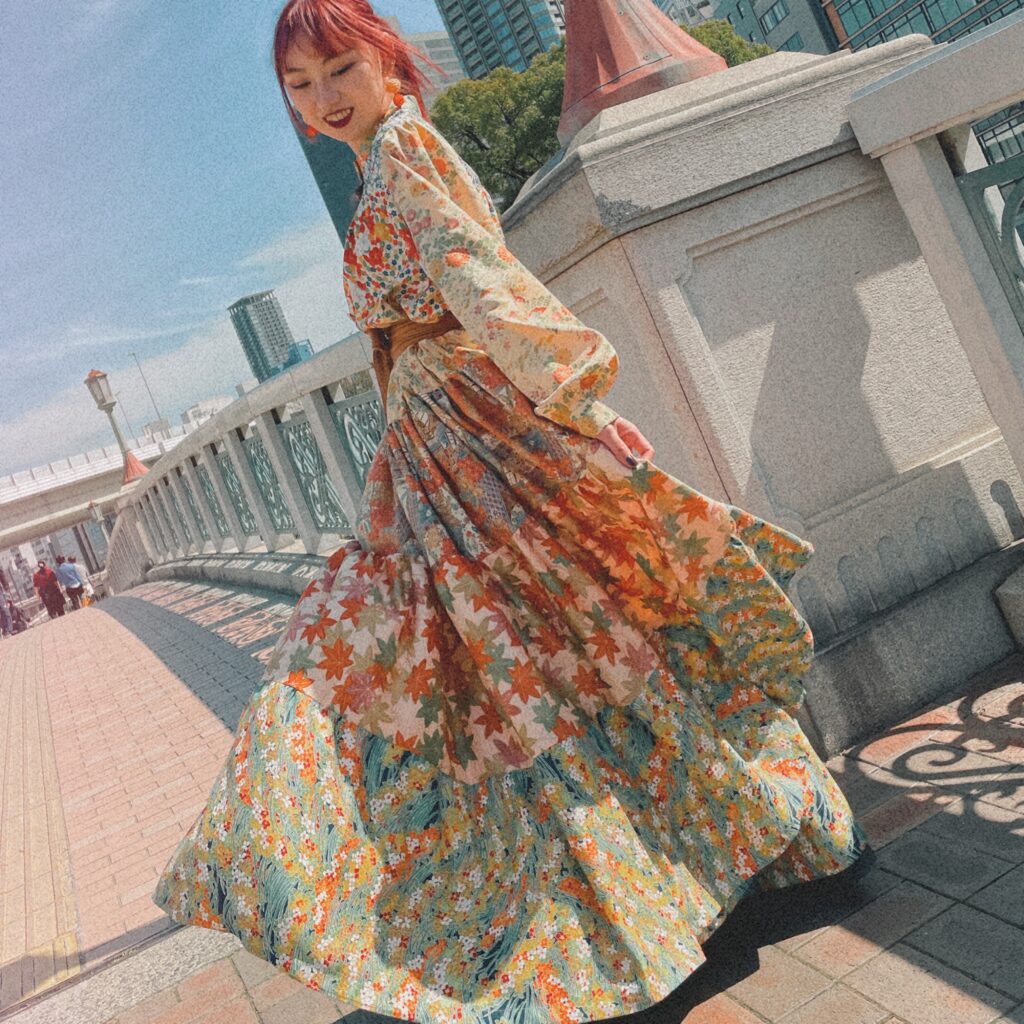
In this interview, we spoke with Ms. Yuki Kouge of CERITA TUR about the activities of her brand, her dedication to her work, and her future prospects.
Thank you, Ms. Kouge, for sharing your invaluable insights with us.
She will also be holding an exhibition from Friday, May 19th to Sunday, May 21st. If you’re interested, please check out the latest information on her Instagram (@cerita_tur).
Thank you for reading through to the end.
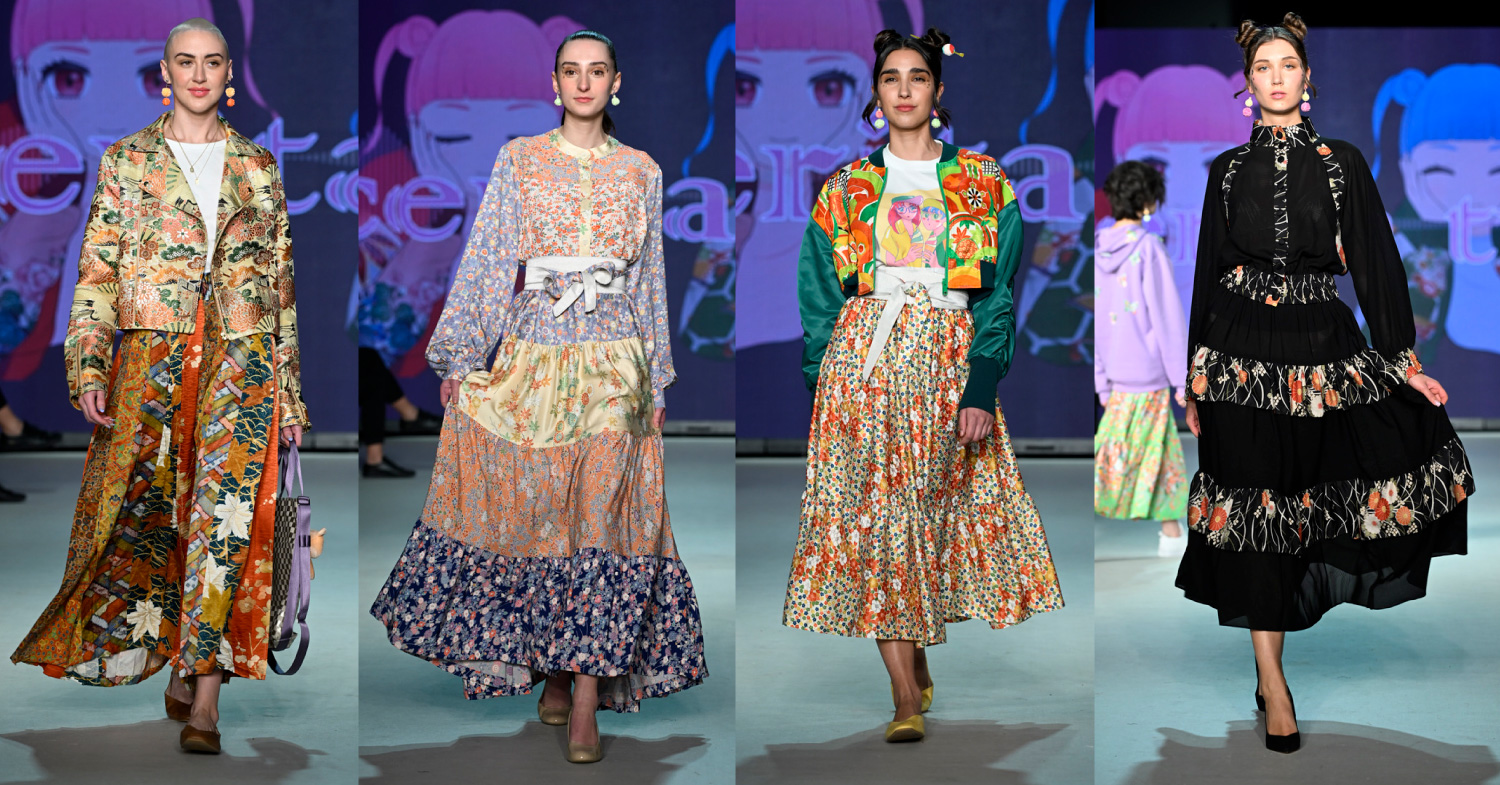
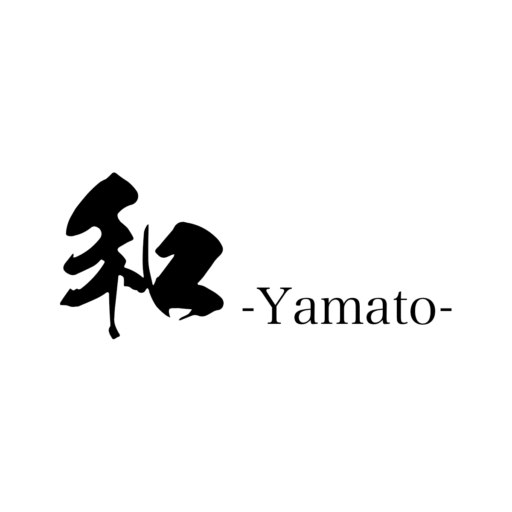
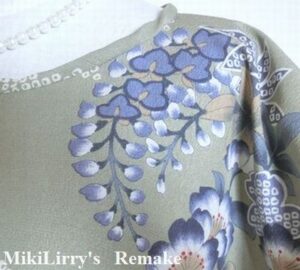
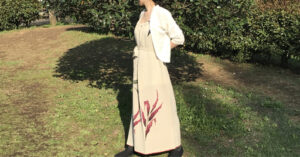
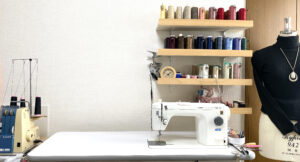

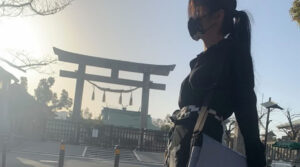

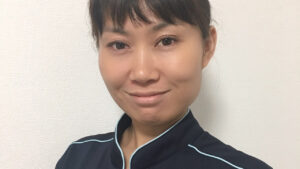

コメント